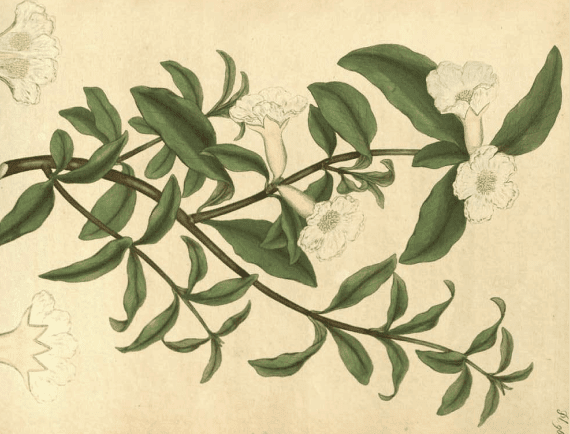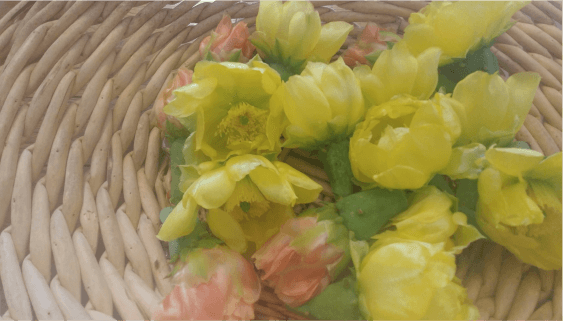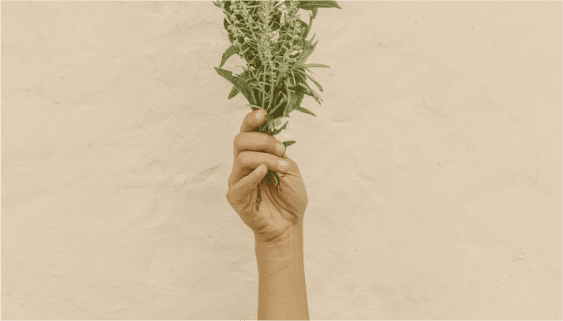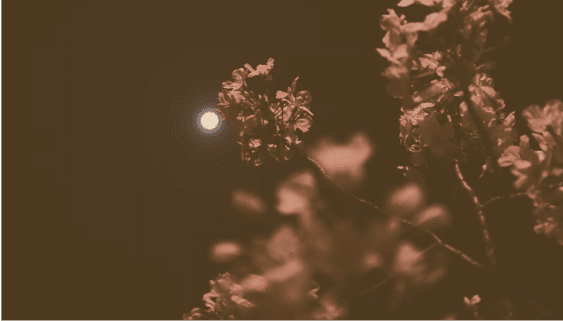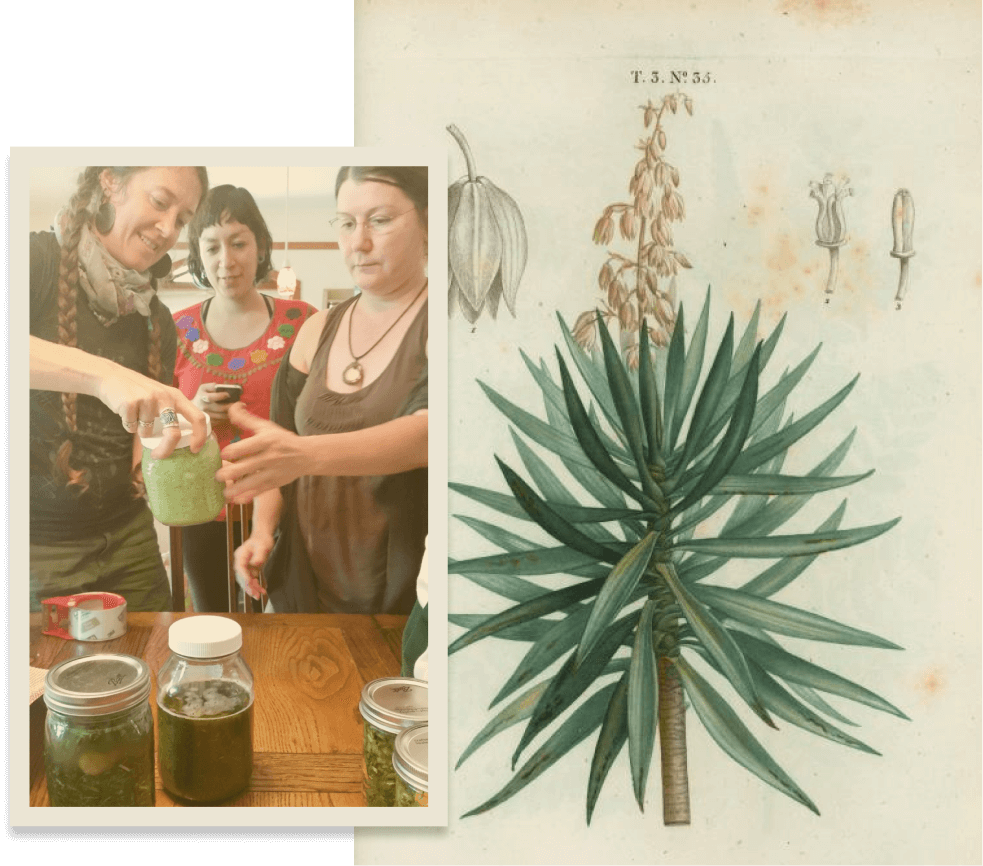Notes from the International Herb Symposium 2023. Dedicated to Michael Moore
In this ever changing world, being able to substitute plants in your herbal practice when making herbal formulas is important whether it is due to sustainability issues, supply chain issues, supporting local farmers, or even needing to make a quick formula on the spot. There are a couple of different ways to look at substituting one plant for another similar one. This articles explores the idea of analogs, finding plants that are analogous to each other, and can be used in place of if in practice.
Substituting Based on Shared Evolution/Genetics Phylogenetics
Plant Family Patterns to consider
•Apiaceae- Pungent aromatics, many are used in practice antispasmodic, some species have highly toxic chemistry, proper id is absolutely necessary in the wild (proper id requires training and doesnt include apps that ID for you) IE Ligusticum spp and Conium maculatum
•Araliaceae- Many plats in the family have adaptogenic and restorative functions. IE Panax ginseng, Eleuthero and Aralia spp
•Asteraceae- Large Family, most are bitter some members are immunological/vulnerary IE Calendula and Echinacea.
•Fabaceae- Immuno-stimulating and or toxic. Some may have some affect on estrogen. IE Baptisia spp, Trifolium pratense
•Lamiaceae- Pungent, low toxicity, many are sedating to nervous system and or stimulating to gut. There are many look alikes to this family. IE Scutellaria, and Hedeoma.
•Malvaceae- Demulcents and soothing to mucosa. IE Hibiscus and Althea
•Rosaceae- Gentle Astringents with sour fruits that can cool, some with toxic cyanogenic glycosides that can act as antispasmodics(depending on part used) IE Crataegus and Prunus spp
•Salicaceae-Many Genus are pain relieving. IE Populus and Salix
•Scrophulariaceae- Antiinflammatory in nature, soothing and pain relieving IE Verbascum and Pedicularis
•Cupressaceae-Many aromatic evergreens that are both stimulating and analgesic topically. IE Juniperus and Thuja

Sometimes plants can have similar actions across a Genus. These patterns can mean that we can use several species of vervain or skullcap in place of the common market species. It requires the ability to properly id out the plant
Some common nervines that I often substitute with bioregional species
•Passiflora spp Passiflora cerulea, Passiflora incarnata Passiflora lutea Passiflora affinis Passiflora foetida. Questions: Some are effective but are the prolific and abundant enough to put into use.
•Salix spp Salix alba Salix nigra
•Scutellaria spp
•Stachys spp
•Verbena spp
Other common plants I substitute based on region: Ulmus, Quercus, Opuntia, Grindelia, Baptisia, Echinacea, Monarda, etc
Many Genus may have some of the same chemistry which creates the same actions. Salix spp: Salix nigra, Salix alba, etc
I really can’t stress enough the importance of accurately identifying plants when substituting in practice. The herb industry has often adulterated either unintentionally, or intentionally. (Scullcap has been adulterated with Teucrium)(Arnica has been adulterated with Heterotheca)(Osha has been mistakenly id’d when the person came upon Poison Hemlock)
Safety: know how to id the poisonous plants, and know them well
Lets look at Skullcap as an example of using analogs.

Mint Family Characteristics: Skullcap is one of the few mints that has little to no smell.
Scutellaria Characteristics: Most skullcaps create a calming effect when ingested with no known toxicity.
Species differences-laterifolia, ovatum, drummondii, wrightii, baicalensis
Vervain is another example
Verbenaceae Characteristics are similar to mint family, but have more toxicity.
Genus was split Verbena and Glandularia but herbalists use both for Calming and Sedative effects
Species differences–brasiliensis, haleyi, bipinnatifida, hastata, officinalis
Ginseng is an example of an at risk plant that we should actively look for alternatives.
Araliaceae characteristics are consistent with being adaptogenic (Aralia, Oplopanax, Eleutherococcus, Panax)
Panax Characteristics are restorative and strengthening to the entire system. Many of the other Genus have more nuanced roles but can used similarly.
Species differentiations can even be seen throughout history in Chinese Medicine formulation(ginseng, quinquefolius, as well as being made to act differently with different preparation)
How you can begin to substitute based on Energetics, Actions, and Indirectly Phytochemistry
Ask yourself: What is the vital quality of the plant? What is the primary energetic and actions on the tissues, what makes it the same or different from other plants sharing that action?
List the actions of a plant, especially it’s primary properties.
The more you know plants, the easier it is to combine and substitute. I often spend a lot of time with students showing them the benefits of doing provings to better understand the energetics and qualities of plants.
Skullcap: Scutellaria spp
Relaxant: Calming, Trophorestorative for the Nervous System (Sedative, Antispasmodic-mild, mild-medium bitter depending on taste) Root of baical strong anti-inflammatory and antiviral–used differently in Traditional Chinese Medicine than Western.
More Analogs
Slippery Elm Ulmus rubra
Moist, anabolic restorative for the mucosa. Many Elms have similar flavors. What are you using the plant for? Moisture to soothe? Use these other elms or even other demulcents like violet or marshmallow
Goldenseal Hydrastis canadensis:
Popular use and mythos due to a fiction book written by a well known Doctor Uri Lloyd. Plant is high in Berberine and Hydrastine. Both are anti-inflammatory and antimicrobial. Due to at risk status and that it is a woods grown plant, we try to avoid its use due to cost and find other berberine containing herbs. These could be Mahonia/Berberis/Coptis, Ptelea and others
Integrating Energetics and Flavor when making substitutions
Hot, Cold, Dry, Moist, and Constriction in the Body. Consider the plants energetics and how it acts on tissues of the body. Is the plant full of warming aromatics? Sour refrigerants, or sedating relaxants? Ancient Greek Medicine considered 4 main energetics in plants, later Physiomedicalism considered 6 by integrating in the nervous system.
In ancient Greek Medicine, the flavors of herbs helped to suggest possible actions and phytochemistry: Bitter, Unctuous, Pungent, Puckering, Acrid, Sour, Sweet, Salty. Flavors and their correlations differ depending on what culture and philosophy is practiced, so consider the system)
In the case of Skullcap, many are mildly bitter relaxants, that helps to sedate and relax the nervous system. Many times I can taste a slight acridity when I taste relaxants, though not always. In this case Skullcap affects constriction, so we can look at other herbs traditionally used for constriction as possible analogs.
Looking at Properties in Plants: Bitter herbs for example are thought of as cooling and draining to the body. Movement is down and out, usually through laxative and or diuretic effects.
Action Analogs for Skullcap
If we continue with other considerations, we could look to see what herbs seem to have similar actions. In the case of Skullcap, Other herbs with similar properties Milky Oats (not bitter–sweeter, more anabolic over time than skullcap) and Wood Betony, (somewhat more pungent and seems to be more restorative to the nerves)
Plants to leave alone and try to keep out of your practice
Stay away from rare native, wild plants. Instead, create wildscapes in your own gardens. It is, by far, my favorite way to gather native plants for use as analogs. Whenever possible, I use aboveground parts of native bioregional herbs rather than roots. In general, try to find alternatives to native, wild plants especially if it means taking established perennials.
UPS List of At Risk and Threatened–make sure to check it before going plant hunting.
Definitely ignore trends online that favor specific wild native plants trending on instagram, reddit, and facebook
Here is a selection of plants to find alternatives for
- American Ginseng
- Trillium
- Ghost Pipe
- Osha
- Arnica
- Pedicularis

